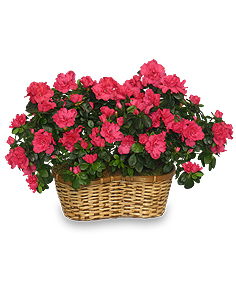Can you tell me the name of a fern that similar to the Boston fern but
does not shed like the Boston does? Thank you, Anne
Reply
Ferns are touchy subjects at best in any indoor-growing situation; They prefer a humid atmosphere which is much more damp than most household interiors, particularly during our central-heated winters.
Some of the cultivars of the Boston Fern which have more finely-divided fronds, such as “Fluffy Ruffles”, seem to perform better indoors than the species.
Another choice might be the Dallas Fern, which is smaller than the Boston Fern but is similar in form. It has more leathery leaves which are less prone to drying out and shedding.
Meanwhile, ferns growing indoors will benefit from frequent (daily) misting with water. Place them in a cool, bright location out of direct sun. Keep them away from drafts and heating ducts or air vents; A summer outdoors in a shady spot helps a fern which has suffered through a dry winter indoors to recover and produce new growth.


 Find Your
Find Your 